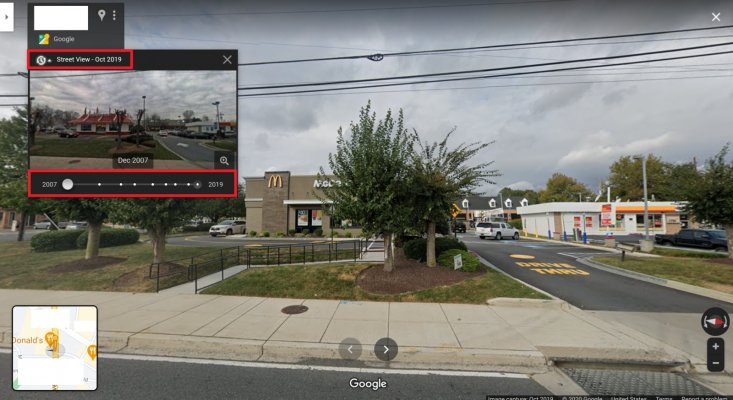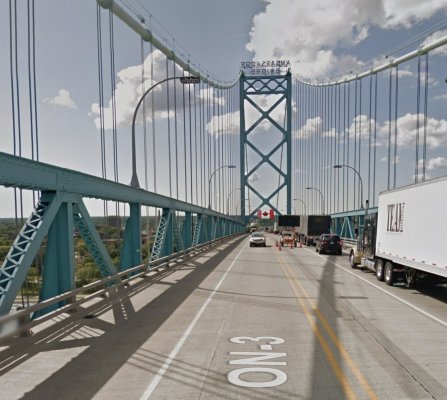Ronstar
Moderator Emeritus
FWIW - nav systems are based on a georeferenced line file and associated database. Each line segment is a section of roadway centerline linked to a database record that includes begin address left, end address left, begin address right, end address right, street name, speed limit, city, state, county, and fields of other attributes.
So when a nav system user enters an address to find, the system searches its database to find the matching city, state, street name, etc. there might not be a match between user entered street number and database info. Instead the system finds a database record where the user entered street number falls within the address ranges listed in the database record.
The nav system determines the approximate location of the requested street number as a proration between the beginning and ending line segment addresses.
Say that the user requests 110 Main Street. The system finds a database record with beginaddressleft of 100 and endaddressleft of 200. The system then determines that 110 Main Street is 1/10 of the distance along the line segment 100-200 as measured from beginaddressleft of 100.
As to how it computes directions. - Since the map and line work is georeferenced (drawn to scale in lat/ long coordinates), the system determines the approximate latitude and longitude of the requested address based on the prorated distance along the line segment.
The system knows the users position by gps. So based upon user position and requested position, and speed limits and geometry of the roadway network, it computes the quickest route to get you where you want to go.
So when a nav system user enters an address to find, the system searches its database to find the matching city, state, street name, etc. there might not be a match between user entered street number and database info. Instead the system finds a database record where the user entered street number falls within the address ranges listed in the database record.
The nav system determines the approximate location of the requested street number as a proration between the beginning and ending line segment addresses.
Say that the user requests 110 Main Street. The system finds a database record with beginaddressleft of 100 and endaddressleft of 200. The system then determines that 110 Main Street is 1/10 of the distance along the line segment 100-200 as measured from beginaddressleft of 100.
As to how it computes directions. - Since the map and line work is georeferenced (drawn to scale in lat/ long coordinates), the system determines the approximate latitude and longitude of the requested address based on the prorated distance along the line segment.
The system knows the users position by gps. So based upon user position and requested position, and speed limits and geometry of the roadway network, it computes the quickest route to get you where you want to go.



 .
.